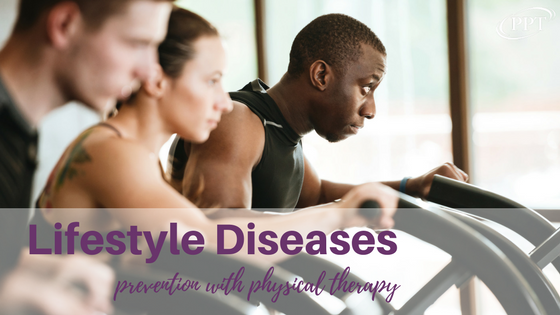
AIM OF THE COURSE
This course aims to empower students with knowledge and skills needed to promote healthy living and prevent lifestyle diseases through informed choices in nutrition and physical activity.
COURSE OUTCOMES
To define lifestyle diseases and distinguish them from other health conditions.
Gain an understanding of the key risk factors associated with lifestyle diseases such as poor
nutrition and physical inactivity etc.
To analyse how lifestyle choices like diet, physical activity and stress management affect the overall healthand susceptibility to diseases.
To categorize different types of exercises and it’s practicality.
To acquire knowledge on balanced diet and nutrition such as carbohydrates, proteins, fats, vitamins
and minerals.
NUMBER OF HOURS : 45
CREDITS : 3
INTERNAL : 25
EXTERNAL : 50
TOTAL : 75
- Teacher: Nikhil C.K

